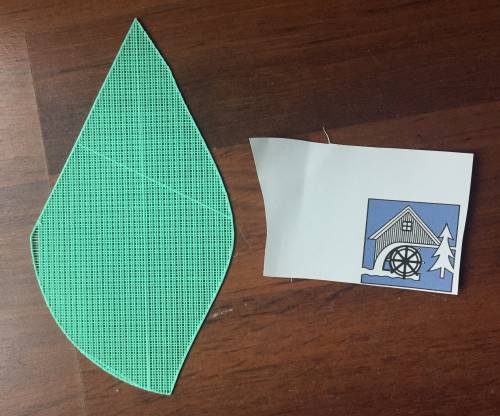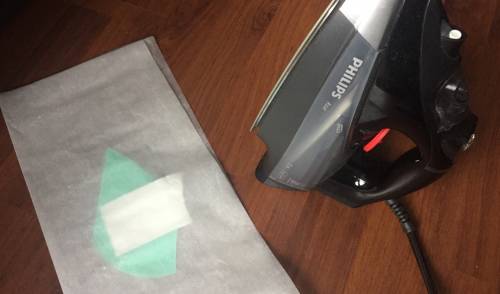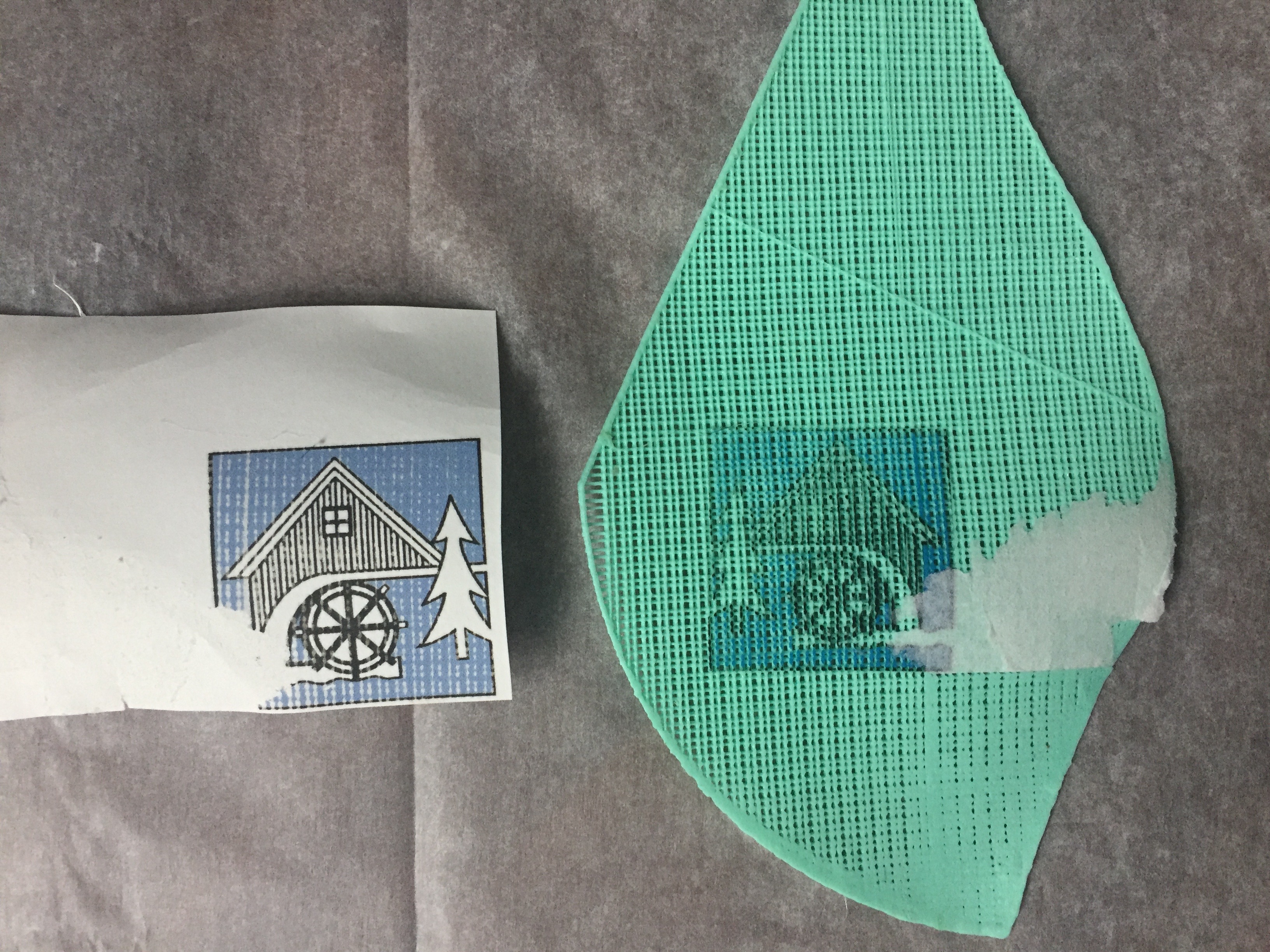Detailed Documentation Week 9
Ideation | Initial Idea
Before this week I already formed an idea of what I wanted to make. It comes down to creating generative sewing patterns based on a bodyscan to prevent distortion of sublimated prints.
When I told people this no one asked any questions, came with far-fetched ideas of their own or told me about similar projects they known of. For me this is a huge red flag that the idea is not engaging enough. So I started to ask around for honest opinions. Hahaha, the outcome was not positive for this first idea. And reflecting on the initial idea, I think I'm trying to please people rather than start designing from my vision or a bigger goal. So, back to the thinking table.
My Vision
The modern trend is leaning towards more minimalistic designs. Ironically however, these ‘minimal’ designs are being made, bought and thrown out in bulk. The western modern lifestyle is one of overconsumption, that most companies happily encourage.
The opposition would be minimalism: a lifestyle where you strive to own the least amount possible. However, I would like to propose ‘essentialism’ as a less extreme option: a lifestyle where the criterium of ownership is ‘I really need this product and it makes me truly happy’. A great inspiration and master of this lifestyle is Marie Kondo.
As a designer I want to challenge users into changing their habits towards a more sustainable attitude through creating attachment between user and design. I think this attachment can be reached through mass-personalisation of tailored design.
Ideation | Second Idea
There has been something I have been wanting to do for quite some time now: creating a essential clothing list. So this idea is what I will continue with.
Ideation | Coaching
Select your essential cloths online, input your bodyscan and add preferences for 3D printing|knitting|lasercutter afterwards you get your digital book with 'sewing' patterns. With them you can create your own essential closet.
The feedback that stood out most to me was: So, what do the people do that cannot sew?
During the design process I often tend to forget that those who want to design, already are designers. So, most of the normal customers will not like it at all, when they need to create and design their clothing.
Other than that some food for thought: What is causing the overconsumption of cloths in our society? Both the customer and the brands, are a cause of creating demand. So, is it not possible to create an adaptable product (colour|texture|shape), that will make the customer to keep it for way longer.
The main feedback was: Try to ask many people around you which of their garments they love the most and why? Because everyone is very different in this aspect. Just as asking when|where|why they buy their clothing? Which might give me some new insights to the design process. Click here to view the survey I made.
Ideation | Customer Journey
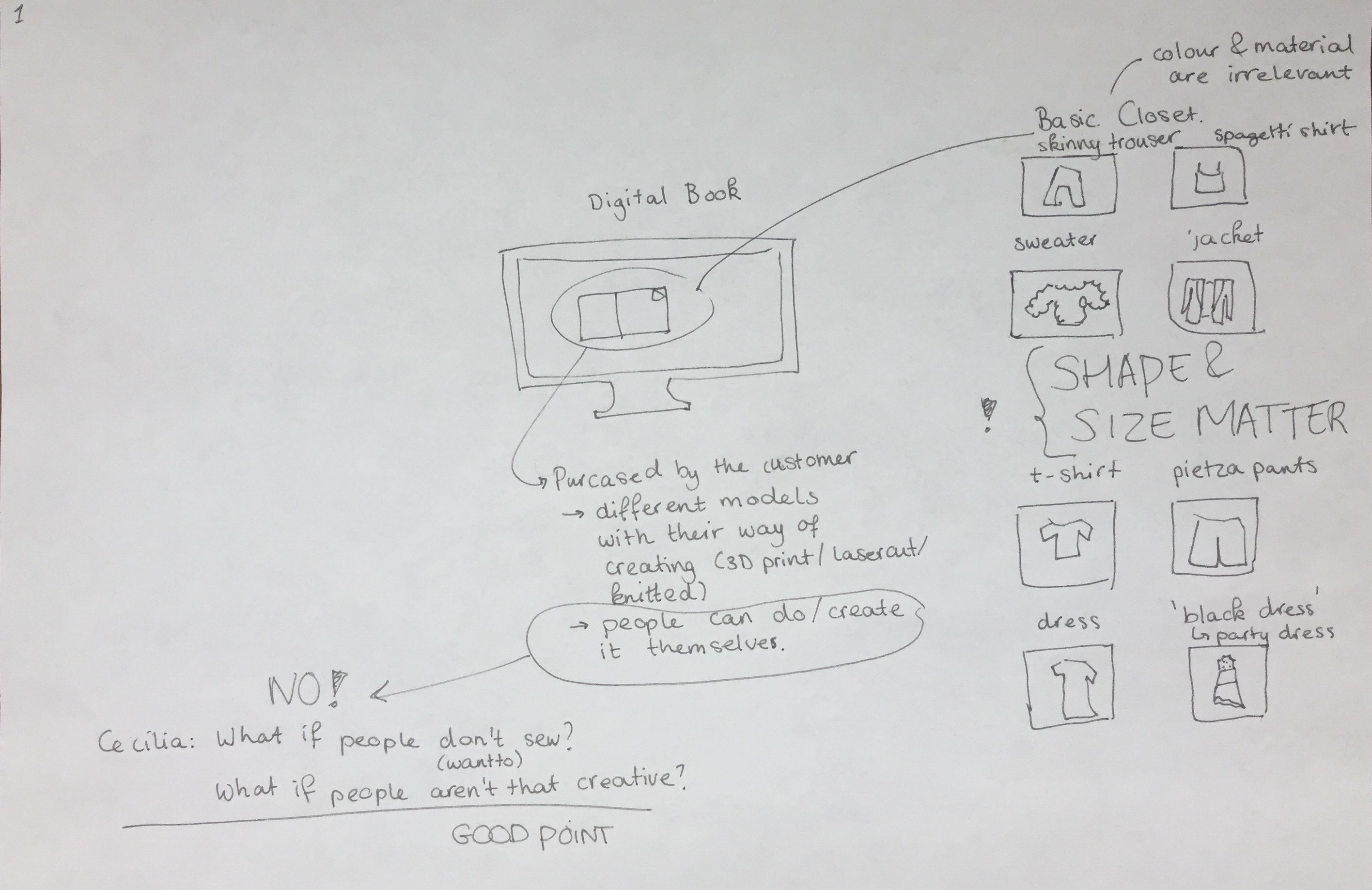 This was my idea before the feedback, so afterwards I continued as shown below.
This was my idea before the feedback, so afterwards I continued as shown below.
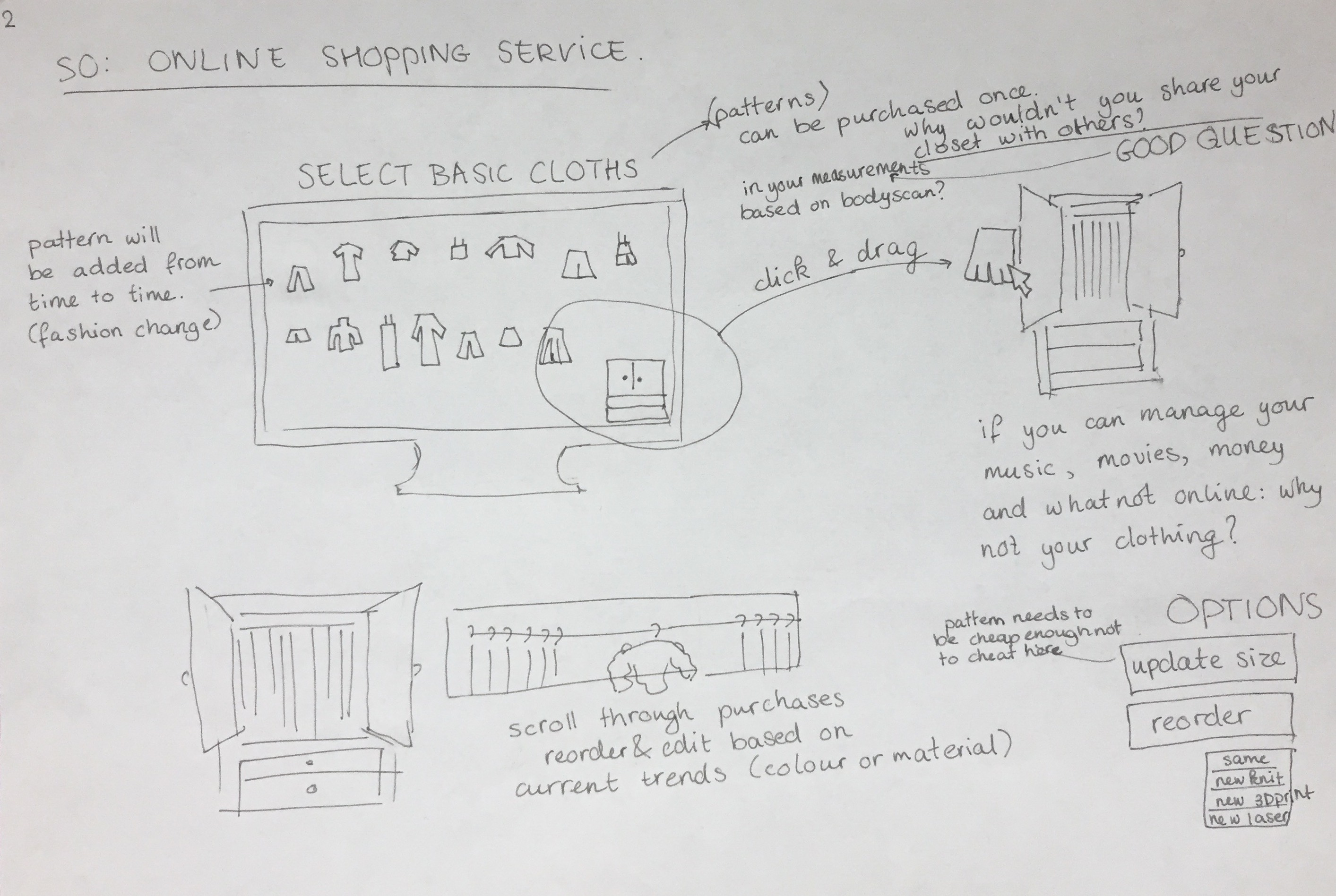
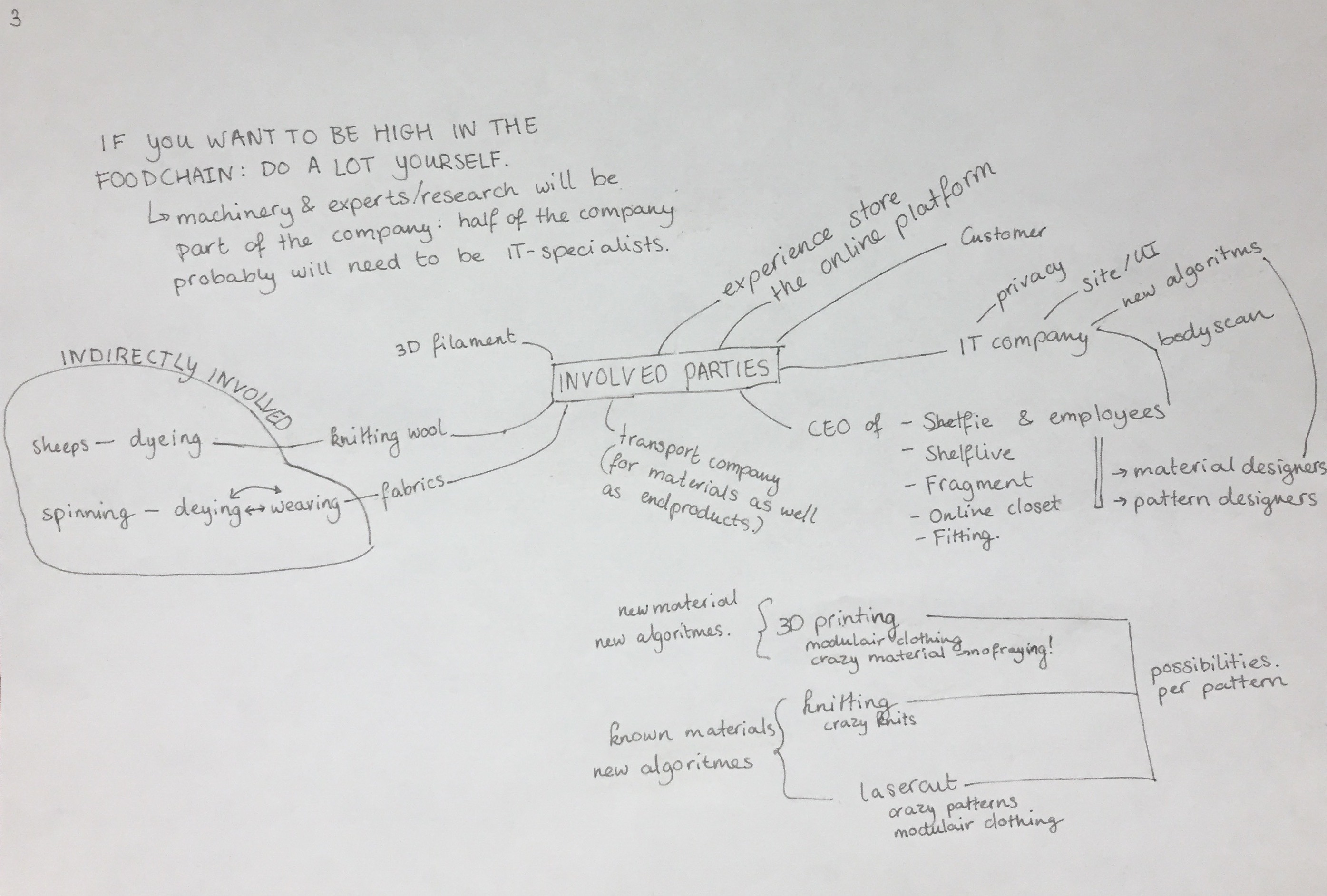
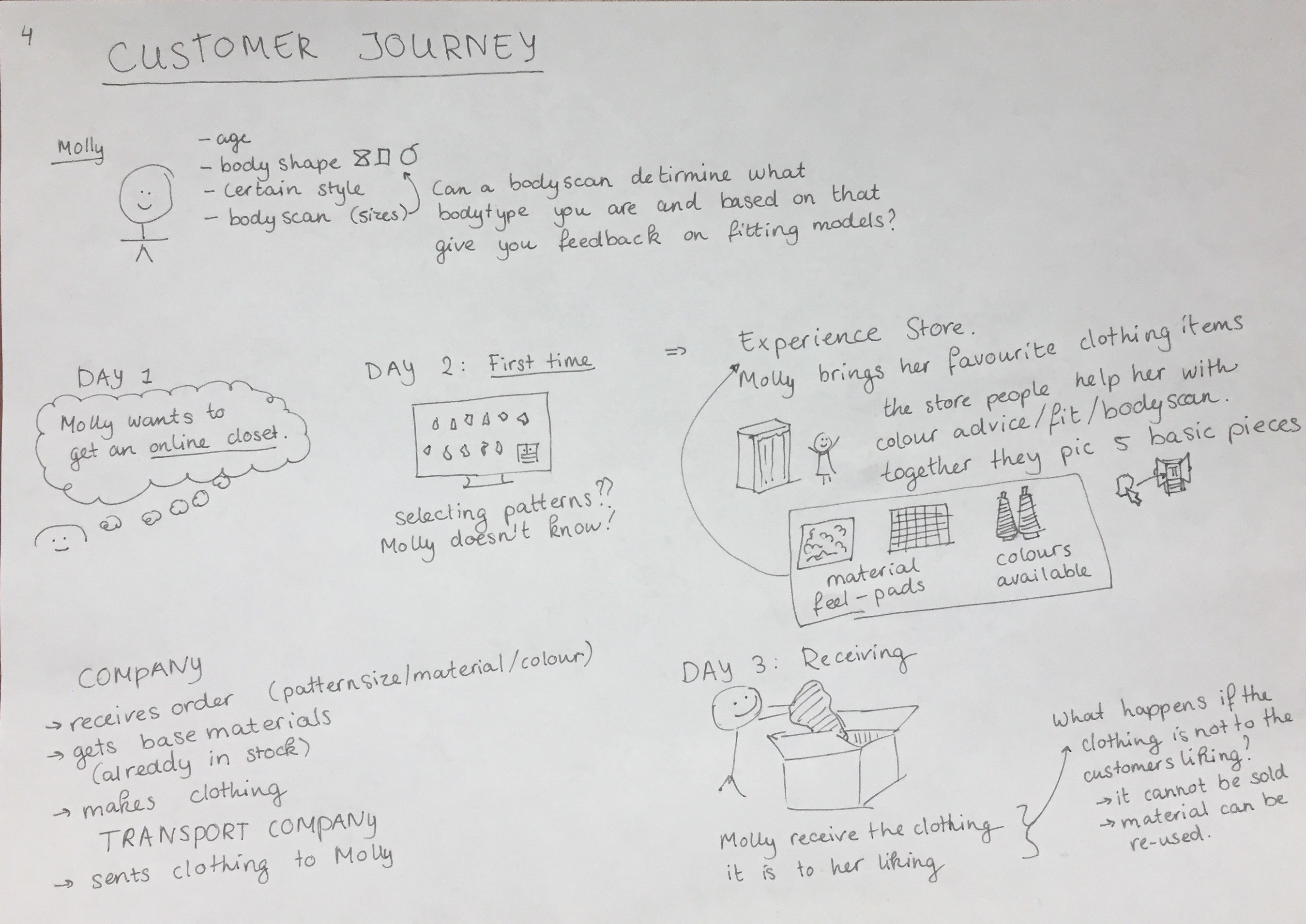
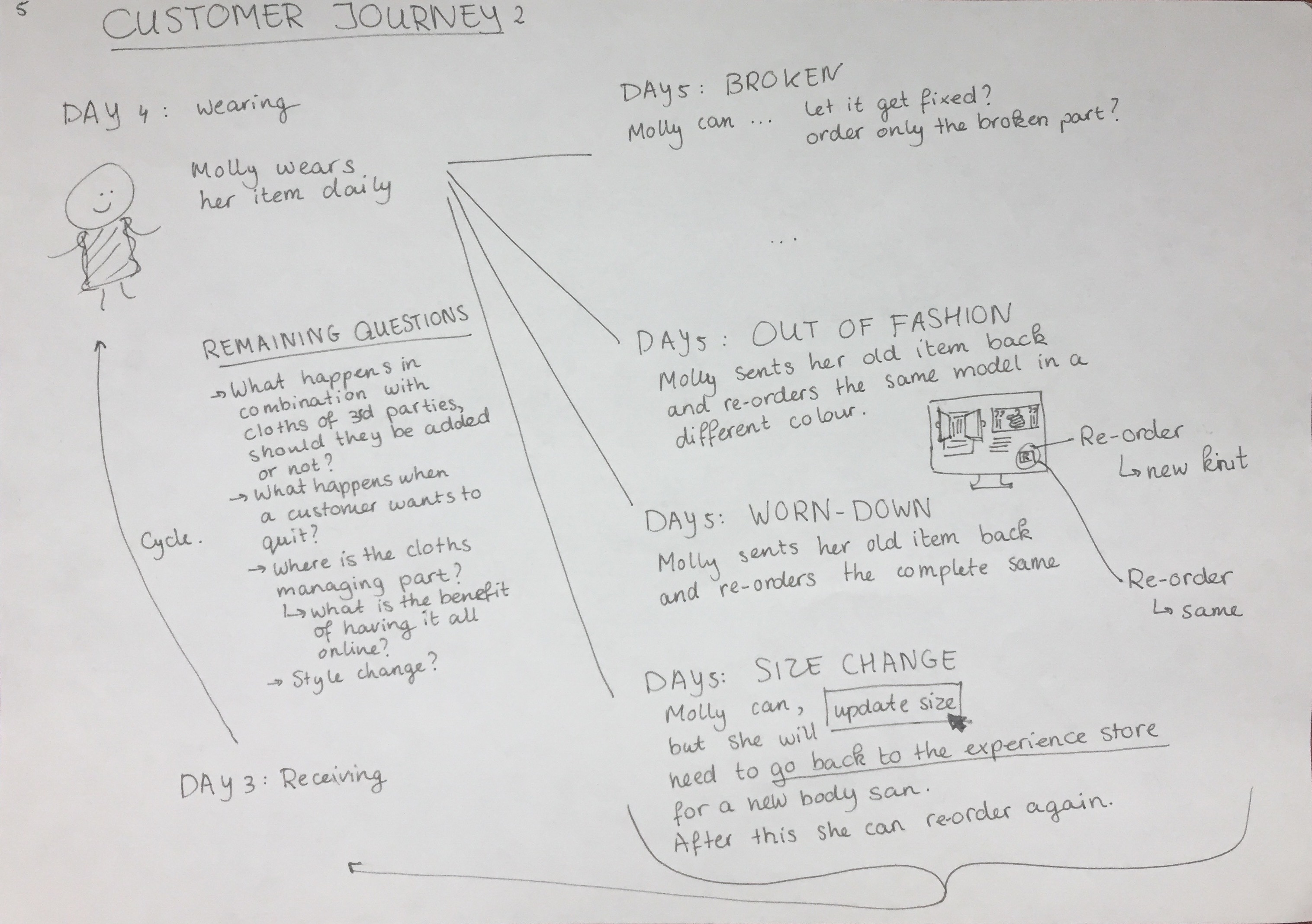
Experimentation
Since my sponsor works with sublimation, I have been wondering how I can integrate this into my designs. For this week I tried to use the sublimation technique on a 3D-printed piece that I still had laying around from PerFlex. Since sublimation works on synthetic materials, I thought I might also work on Filaflex filament. And it did!
Katoen: 204°C, which is approximately the same as is needed for the transferring process: 200°C for 30 to 60seconds. And because FilaFlex has a melting temperature of 240 to 245°C, I thought it would be without problems. As you can see on the lower corner the material has melted. Just like how at the same spot the paper sticked to the material. Maybe, I pressed down harder there then I did on the rest. However, as you can see the sublimation worked best in that corner as well. So, I would like to try this experiment again with an heat-press (where the heat and pressure can be controlled).
